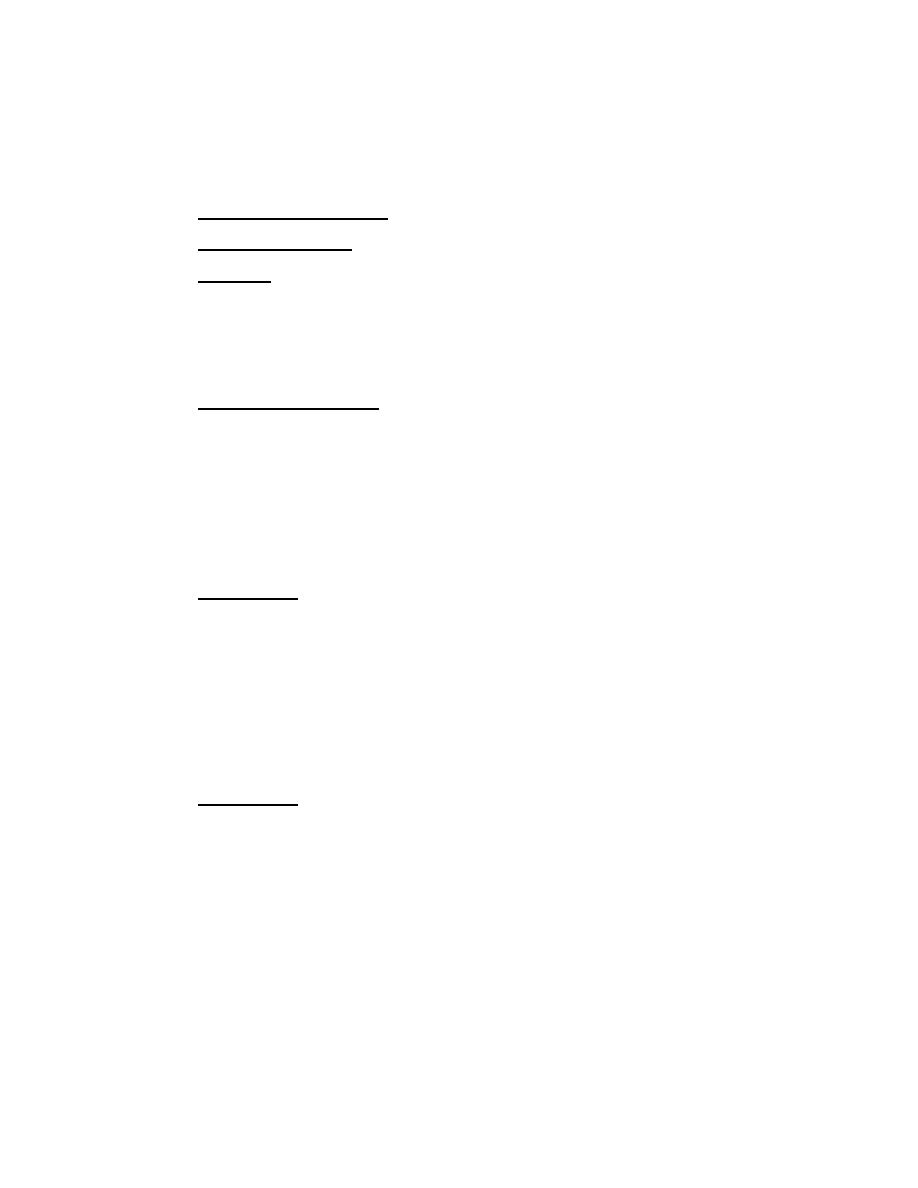

Custom Search
|
|

|
||
 MIL-HDBK-1025/4
Section 3:
SEAWALLS
3.1
Types of Construction.
(See Figures 1, 2, and 3.)
3.2
Selection Factors
3.2.1
Exposure. If location is subject to heavy wave attack (6 feet or
greater significant wave height before breaking), select vertical wall, curved
face, or rubble mound types. For locations subject to moderate wave attack
(3 to 6 ft [.91 to 1.83 m]) significant wave height before breaking), use any
type of seawall. For locations subject to light wave attack (4 ft [1.22 m] or
less significant wave height before breaking), use any type of seawall or use
a bulkhead.
3.2.2
Foundation Condition. For fair to good foundation conditions, any
type of seawall is applicable provided that provision is made to prevent
undermining due to scour. For poor foundation conditions, flexible types are
applicable such as revetments and rubble mounds which can accommodate
substantial settlement, pile supported designs such as stepped-face walls
which are independent of settlement and soil strength, and lightweight, sloped
constructions which minimize shear stress in the supporting soil. Where hard
bottom (rock, hardpan) is located at reasonable depth, gravity structures,
including curved face walls, should be considered. Seawalls supported on
piles may be detailed to accommodate lateral movement as shown in
Figures 4 and 5.
Beach Scour. Since a seawall is often located between the extreme
3.2.3
high and extreme low tide marks or in shallow water, it is subject to scour
from breaking waves. In deeper water, reflection from a vertical face wall
may be expected to cause scour at the foot of the wall. Prevention of scour
from breaking waves requires use of a toe blanket or a cutoff wall, which lets
the scour occur but prevents undermining. The scoured volume normally fills
again after the storm, but if scour, albeit temporary, is to be permitted,
check stability of the wall under condition of maximum scour. The prevention
of scour due to wave reflection (which implies water of sufficient depth at
the face of the wall to prevent breaking of waves) can be facilitated by the
use of rubble mound or stepped-face designs. For guidance in estimating depth
of scour, refer to para. 3.4.1.
3.2.4
Overtopping. Vertical face and curved (concave) face walls tend to
throw the reflected waves into the air where an onshore wind can carry a
considerable quantity of water ashore. Wave run-up on paved slopes, such as
concrete block revetment, also can result in a large quantity of water
overtopping the wall. Where overtopping is a serious problem, rubble mound,
stepped face, and similar energy-dissipating designs with or without a parapet
wall at the top of the slope, or devices such as those shown in Figure 2,
should be considered. A slight nose at the top of the wall helps to return
the uprushing waves. A pronounced projection should be avoided.
4
|
 |
|
 |
||